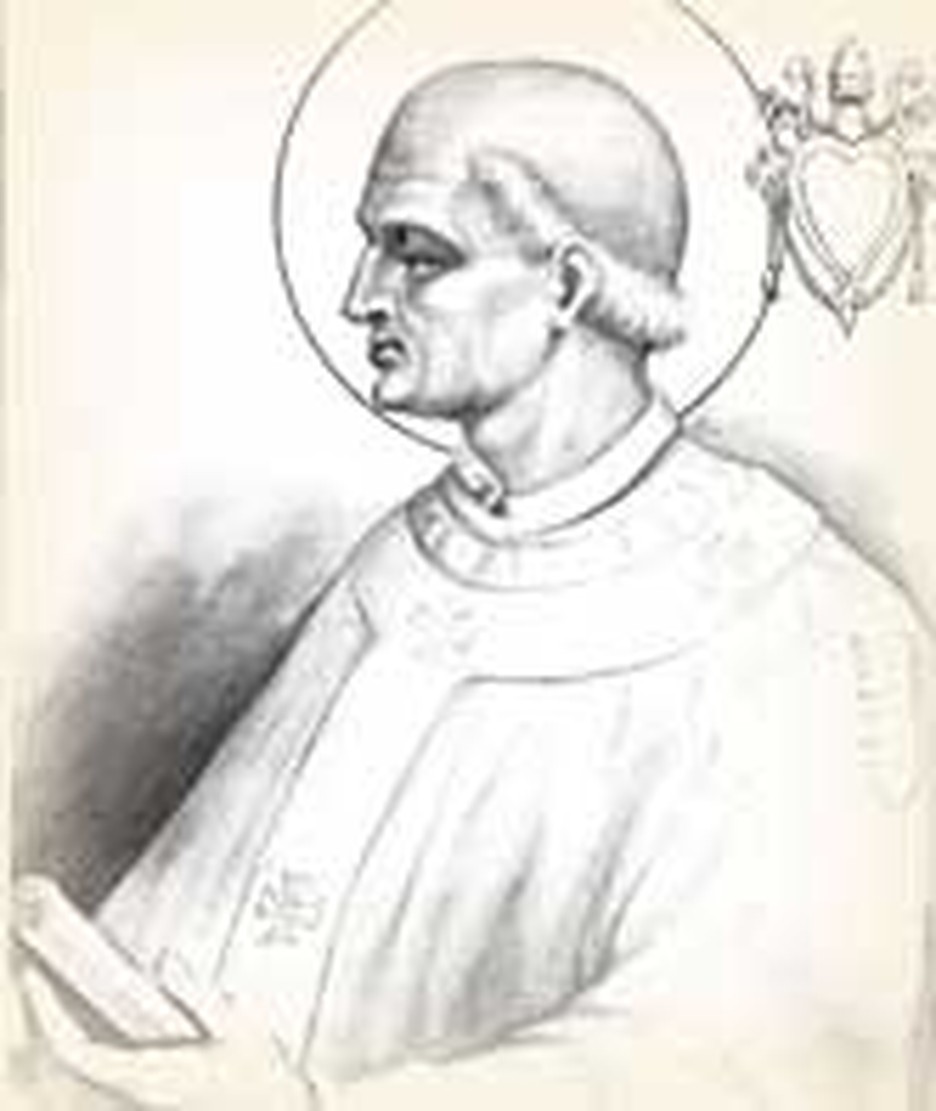
When Simplicius became bishop of Rome on this day, March 3, 468, it must have seemed to him that his troubles would come from the western half of the disintegrating Roman Empire. There Vandals, Visigoths, and Franks had replaced Roman power with their own. For thirteen years the western empire had been ruled by puppet emperors, controlled by these barbarians. Furthermore, Odovakar, a Herulian (one of the Teutonic tribes) seized power in Rome. Despite these omens, it was the East that gave Simplicius his greatest headaches.
In the West, the Arian Odovakar treated the Catholic church with respect. In the East, however, events were not so fortunate. A usurper drove Emperor Zeno from the throne. Needing Monophysite support, this usurper placed many heretics in key positions.
Monophysitism began as the orthodox response to Nestorianism. Nestorius refused to call Mary the "Mother of God," for, said he, the child in her womb was thoroughly human. Opposed to this, the Monophysites taught that Christ's human nature was dissolved in his divine nature as a drop of honey dissolves in the ocean. Each faction was attempting to preserve a part of the truth about Christ's person. Eventually the church balanced the two ideas at the Council of Chalcedon, declaring Christ both truly God and truly man.
Instead of resolving the issue, the council's ruling became a ground for further fighting. The Monophysites refused to accept defeat. The usurper ordered the acts of Chalcedon burnt; 500 bishops agreed. Simplicius found himself defending Bishop Acacius of Constantinople who sturdily resisted the Monophysite error.
In Alexandria, Egypt, the controversy was fierce. Rivals tortured and killed each other. A Monophysite monk, operating under the name Timothy the Cat, had the patriarch of Alexandria butchered three days before Easter and triumphantly seized his place, consigning his corpse to flames.
Emperor Zeno regained his throne and ousted the Monophysite bishops. But having learned the power of the Monophysites, he determined to arrange a compromise; this Henoticon was worded vaguely enough to escape the charge of heresy while leaving the Monophysites sufficient latitude to retain their views.
But compromise was not possible. Unless Christ is God, he cannot redeem us. Unless he is truly man, he cannot stand in our place. Simplicius' defense of this principle laid down at the Council of Chalcedon ensured that the orthodox view of Christ was retained in the West. As a historical sidelight, Simplicius is said to be the first to convert Rome's public buildings into churches.
Doctrinal disputes of the early church may seem remote from us, but their effects live on. The Church of Ethiopia remains Monophysite to this day.
Bibliography:
- Brusher, Joseph. Popes Through the Ages. Princeton, N.J.: Van Nostrand, 1959.
- Kelly, J.N.D. "Simplicius, St." in Oxford Dictionary of the Popes. Oxford; New York: Oxford University Press, 1986.
- Kirsch, J. P. "Pope St. Simplicius." The Catholic Encyclopedia. New York: Robert Appleton, 1914.
- Montor, Chevalier Artaud de. Lives and Times of the Popes. New York: Catholic Publication Society of America, 1909.
- "Simplicius, St." The Oxford Dictionary of the Christian Church. Edited by F. L. Cross and E. A. Livingstone. Oxford, 1997.
Last updated May, 2007.


.jpg)
.jpg)